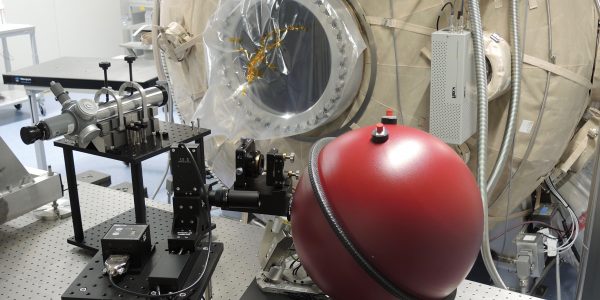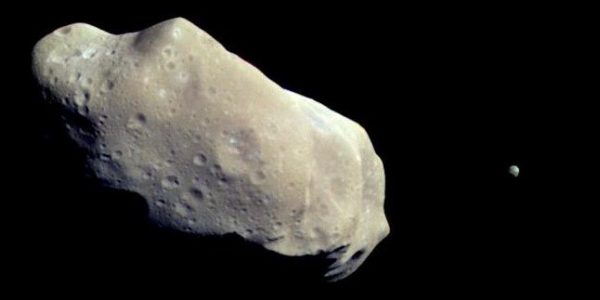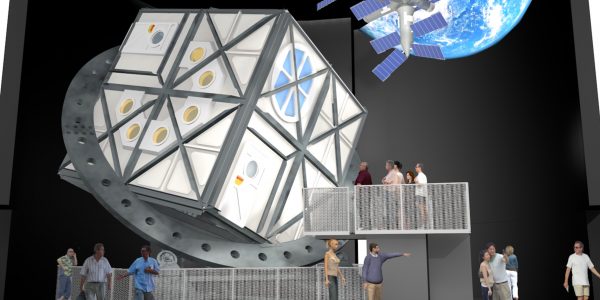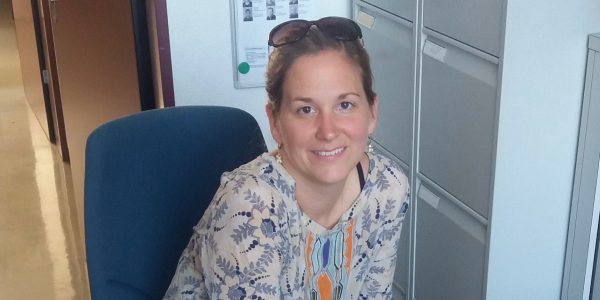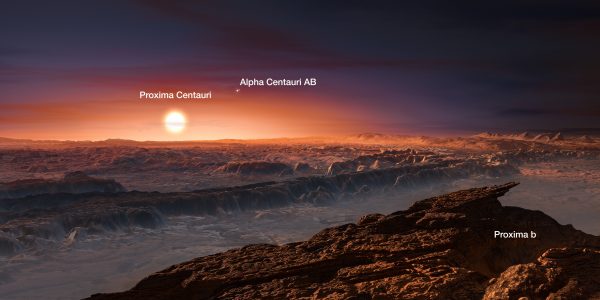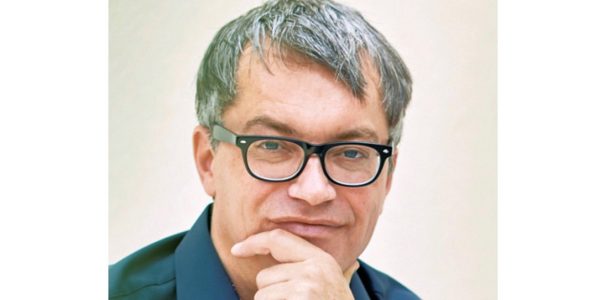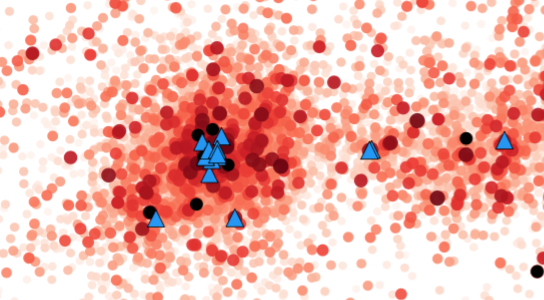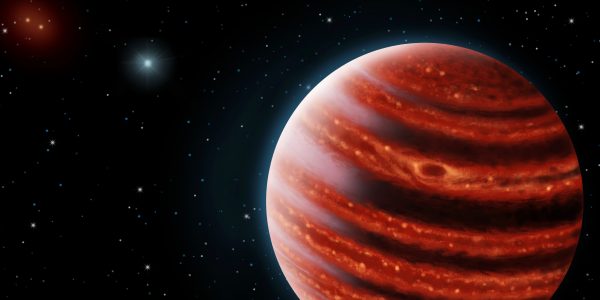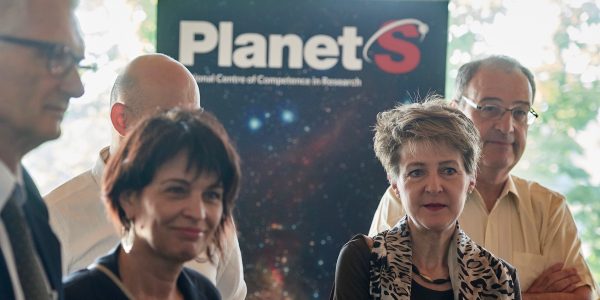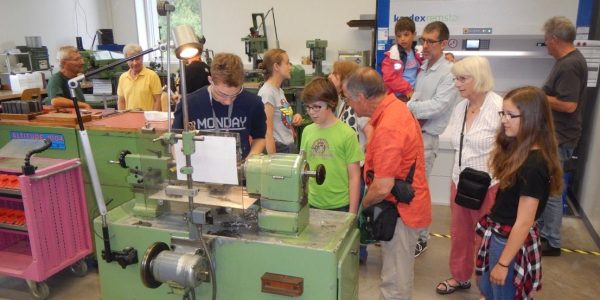News
Test of the CHEOPS CCD
This interactive page describes the different elements of the optical bench to test and calibrate the entire optics of the CHEOPS space telescope including the CCD detector. The photo was taken in the clean room of the Physics Institute of the University of Bern and the diagram shows the optical path of the installation. To […]
Continue ReadingThe sky is full of moons
On the 5th of September 2016, the Minor Planet Center reported that a small moon is in orbit around asteroid (6016) 1991 PA11. This newly discovered companion is actually just one of many such objects. By Adrien Coffinet The Moon, with a capital “M”, has since long ago been known to orbit the Earth. However, we had […]
Continue ReadingPrepare for Lift-Off with the Space Transformer
On 24 November 2016 the completely redesigned permanent space exhibition at the Museum of Transport in Switzerland will open its doors to the public. “Space – The Exhibition” is designed so that visitors can experience a predetermined course through various areas and adventure experiences relating to the theme Space and Space Exploration. The exhibition was developed […]
Continue Reading“As a child I wanted to be an astronaut”
Hilke Schlichting, Professor at MIT/UCLA, came to NCCR PlanetS as Visiting Scholar for two weeks in September 2016. The Visiting Scholars’ programme invites prominent senior scientists in the field to give scientific seminars and, in addition, to share their experience with young researchers at PlanetS. Hilke Schlichting’s research interests span all aspects of planet formation […]
Continue ReadingEarth twin planet found in the habitable zone of the nearest star to the sun.
A team of astronomers has discovered a planet similar to Earth orbiting Proxima Centauri in just over 11 days. This planet is at a distance from its star that would allow water to remain in its liquid state. Proxima Centauri is a red dwarf located 4 light years from Earth and is one of the […]
Continue ReadingAlien biochemistry on Titan
Titan is a large moon of Saturn discovered in 1655 by Christiaan Huygens with a two inch telescope. It is a cold world. At its distance from the Sun it receives just one percent of the sunlight that Earth receives and its surface is a chilly minus 180 centigrade! In December 2004 the Cassini-Huygens twin […]
Continue ReadingSupernova ejecta pollute young planetary systems
The early phase of star and planet formation can be very violent. Usually, dozens, hundreds, or even thousands of stars are born closely together in a huge cluster environment. And around each of these stars young planetary systems form from a gas and dust disk — also the Solar System went through this early phase of […]
Continue ReadingPlanetS Board made its choice
Finding as many planets as possible in the close solar neighbourhood and the formation of giant planets at large orbital distances: These are the topics of the two proposals that were selected as new initiatives to be funded by the PlanetS Board. Sascha Quanz and Christophe Lovis are the authors of the first proposal, Christoph […]
Continue ReadingSwiss Federal Council on “School Trip” to the University of Bern
To kick off its annual “school trip” around the country, the Swiss Federal Council paid the Center for Space and Habitability of the University of Bern a visit on July 7th, 2016. The members of government were informed about the important role the university plays in space projects such as ROSINA / Rosetta, ExoMars and […]
Continue ReadingA Successful Open House Day at the Geneva Observatory
The morning rain and afternoon clouds on Saturday 2nd July 2016 did not discourage some 1200 visitors from discovering Astrotech, the new building of the Astronomical Observatory of the University of Geneva, officially opened five days earlier. An important event for PlanetS since it is in this new building that members of the NCCR and […]
Continue Reading
